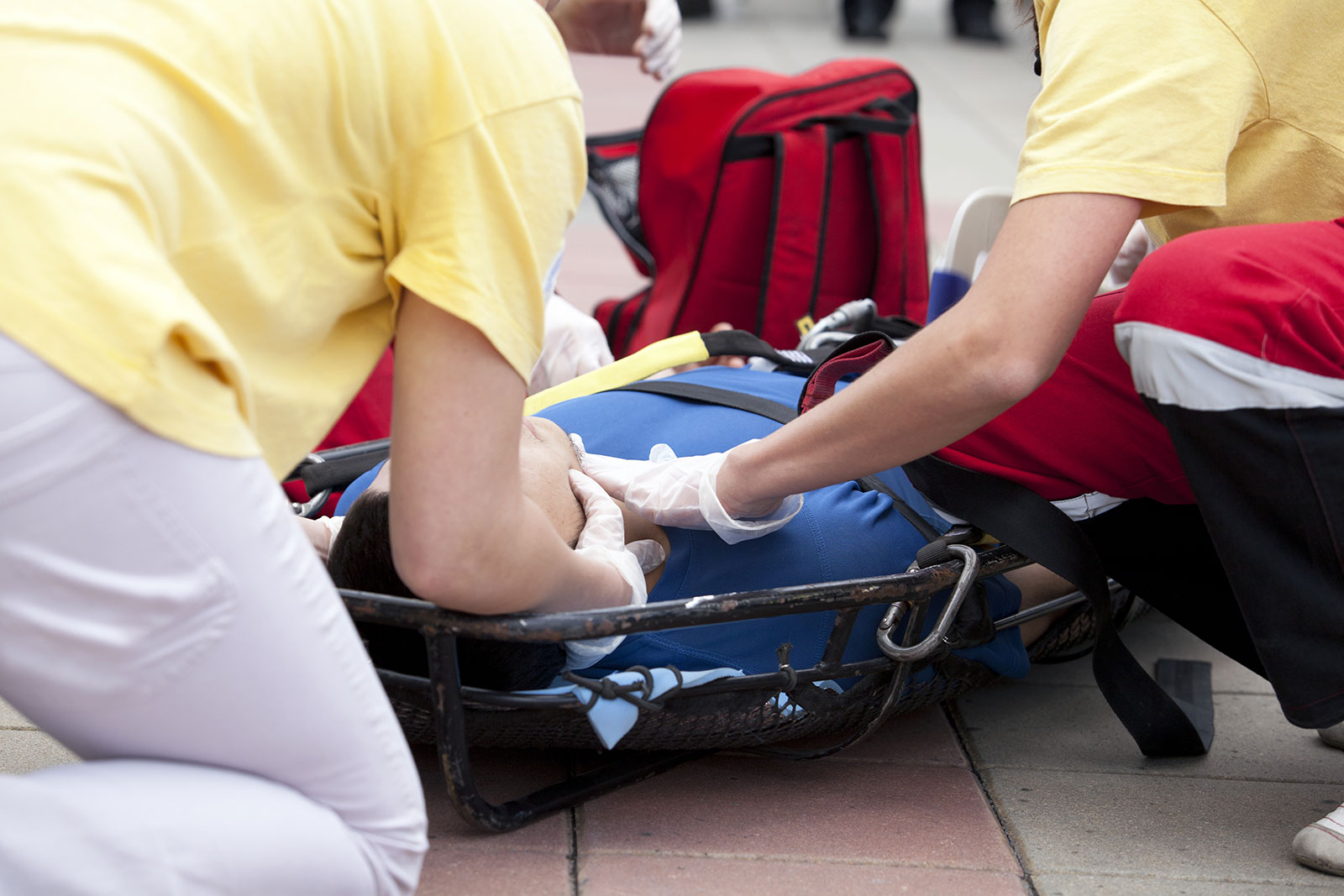
“Complete abstinence is easier than perfect moderation.” This sage quote by ancient author, Saint Augustine, perfectly describes the mind-set of the American Heart Association’s guidelines for lay-rescuer tourniquet use in the last 10 years. Now, the 2010 guidelines are allowing tourniquet use to be part of the curriculum once more, in moderation, of course!
Documented tourniquet use dates back to the early 1600’s as a tool to stop blood flow during surgery, but some historians found proof of tourniquets use by the Romans to control bleeding from amputation. This is the type of tourniquet we draw our attention to in this blog.
Nearly all of the students in my First Aid classes know what a tourniquet is, and most seem eager to apply that skill. Tourniquets appear to be easy to use and are life-saving! Right? It is quite common in my training sessions for the “class clown” to jovially challenge his buddy to a neck tourniquet application. Funny…for a moment, but of course tourniquets should never be used in THAT application. The tourniquets my students usually see are applied (incorrectly) by actors in TV shows and movies. We’ve all seen at least one drama filled scene where the hero saves the victim with a tightly cinched belt; however, there are some particulars to tourniquet use, which remains un-noticed or un-learned by the lay-rescuer.
- Tourniquet use should ONLY be used as a LAST RESORT! Since most lay-rescuer events involve bleeding that can be controlled by pressure, the need for a tourniquet is typically unnecessary.
- Tourniquets HURT! In all my years of teaching lay-rescuers, this is the first skill that I’ve trained people to perform where the patient will actually scream back at you when administering this type of first aid.
- Tourniquets are frequently USED INCORRECTLY by lay-rescuers, resulting in tissue damage above and beyond the original injury.
The recent resurfacing of tourniquet use can be directly linked to military use. . In recent years, PROPER tourniquet use by the military has shown substantial results in patient and limb recovery. And, since our wounded military personnel end up being the field casualty guinea pigs for the rest of the civilian medical world, the trickle-down of less invasive procedures lands within the comfortable confides of the American Heart Association HeartSaver® First Aid curriculum.
There are commercial, “pre-made” tourniquets available and though I haven’t seen them personally, I would guess that we will start seeing them in commercial first aid kits soon, if not already. Otherwise, it is easy to make a tourniquet out of common objects.
The following guidelines come from the March 2011 edition of the HeartSaver® First Aid Student Workbook:1
Premade Tourniquet
- Practice scene safety, including wearing PPE, and phone or send someone to call 911.
- The tourniquet get placed 2 inches ABOVE the injury.
- The tourniquet should be tightened until the bleeding stops (this will hurt!)
- You should try to note the time you placed the tourniquet. (On the ambulance, we wrote the time of the application on our patient’s limb in pen).
- If you haven’t already called, get medical help coming.
- Once it’s on…LEAVE IT! Do not remove or loosen the tourniquet. Only trained medical personnel with advanced training should remove or loosen the tourniquet.
If you don’t have a premade tourniquet, you can use a folded cloth or bandage; anything 1” thick or more. Commercial first aid kits commonly have triangular bandages that are great for tourniquet use.
Here are some additional tourniquet pitfalls to avoid:
- Do not use a tourniquet for minimal bleeding. If you can stop bleeding with pressure, you do not need a tourniquet.
- Do not use a tourniquet for body parts other than arms, legs and those parts below (feet, hands, toes, fingers)
- Do not loosen the tourniquet to resume blood flow…this is not the job of the lay-rescuer, but an advanced medical provider.
For more information on tourniquet use as a lay-rescuer, please call or email:
Jen Wilson, EMT Vital Education and Supply, Inc. vital.education@att.net 877-558-7377 (877-55U-RESQ)
- HeartSaver® First Aid CPR AED Student Workbook, March 2011, Page 40, 978-1-61669-017-5.

